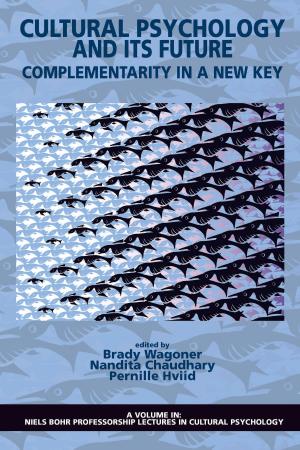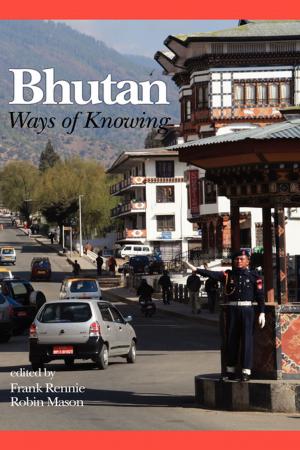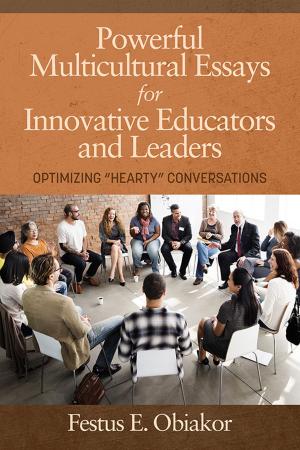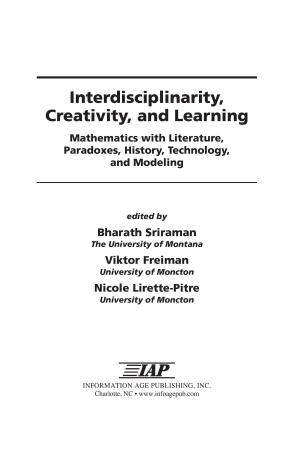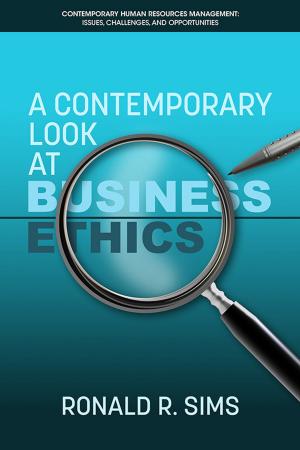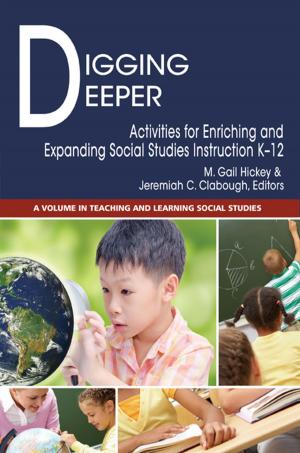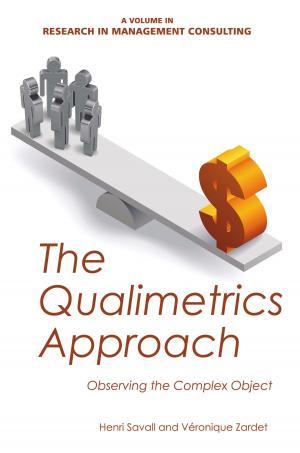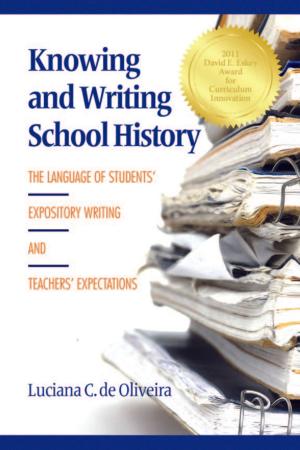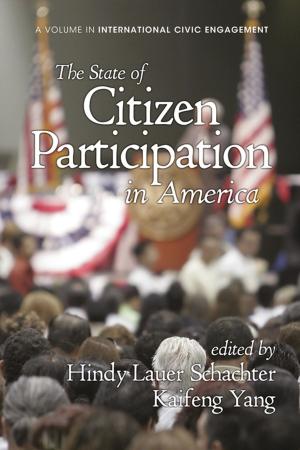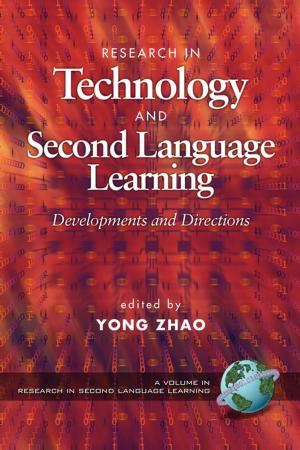Navigating Assessment with Linguistically Diverse Learners
Nonfiction, Reference & Language, Education & Teaching, Educational Theory, Multicultural Education, Bilingual Education, Language Arts, Linguistics| Author: | KeriAnne Croce | ISBN: | 9781681238272 |
| Publisher: | Information Age Publishing | Publication: | April 1, 2017 |
| Imprint: | Information Age Publishing | Language: | English |
| Author: | KeriAnne Croce |
| ISBN: | 9781681238272 |
| Publisher: | Information Age Publishing |
| Publication: | April 1, 2017 |
| Imprint: | Information Age Publishing |
| Language: | English |
This book addresses how to assess and instruct students while also honoring their cultural and linguistic backgrounds. Many individuals want to support their multilingual learners but do not have the language skills to work in a bilingual or duallanguage setting. The chapters in this book examine assessment in classrooms where English is the language of instruction; yet, students are also encouraged to communicate in multiple languages. The thesis of this book revolves around the idea that linguistically diverse learners may engage in critical thinking in ways that we may not anticipate. Students who are learning in an additional language do not need to “catch up.” Assessment should instead measure the new ways that students are interacting with the world. This book helps you discover the many ways to help students develop as critically thinking readers, writers and speakers. There is a scarcity of research addressing literacy among linguistically diverse learners within math and science. The information contained in this book will hopefully advance a dialogue between teachers and linguistically diverse students as they read and write multiple genres together. This book also encourages teachers, family, and community members to come together to form supportive environments where best practices are fostered. Some of the questions addressed by this book: 1. How do I determine a student’s strengths and needs if he or she is not talking in class in any language? 2. Do I teach monolingual and multilingual learners to read in similar ways? 3. How can I support my students as they read math word problems? 4. What do students need to know about the structures of science texts? 5. How should we develop math and science literacy assessments? 6. Should I have specific language goals for students as speakers?
This book addresses how to assess and instruct students while also honoring their cultural and linguistic backgrounds. Many individuals want to support their multilingual learners but do not have the language skills to work in a bilingual or duallanguage setting. The chapters in this book examine assessment in classrooms where English is the language of instruction; yet, students are also encouraged to communicate in multiple languages. The thesis of this book revolves around the idea that linguistically diverse learners may engage in critical thinking in ways that we may not anticipate. Students who are learning in an additional language do not need to “catch up.” Assessment should instead measure the new ways that students are interacting with the world. This book helps you discover the many ways to help students develop as critically thinking readers, writers and speakers. There is a scarcity of research addressing literacy among linguistically diverse learners within math and science. The information contained in this book will hopefully advance a dialogue between teachers and linguistically diverse students as they read and write multiple genres together. This book also encourages teachers, family, and community members to come together to form supportive environments where best practices are fostered. Some of the questions addressed by this book: 1. How do I determine a student’s strengths and needs if he or she is not talking in class in any language? 2. Do I teach monolingual and multilingual learners to read in similar ways? 3. How can I support my students as they read math word problems? 4. What do students need to know about the structures of science texts? 5. How should we develop math and science literacy assessments? 6. Should I have specific language goals for students as speakers?

